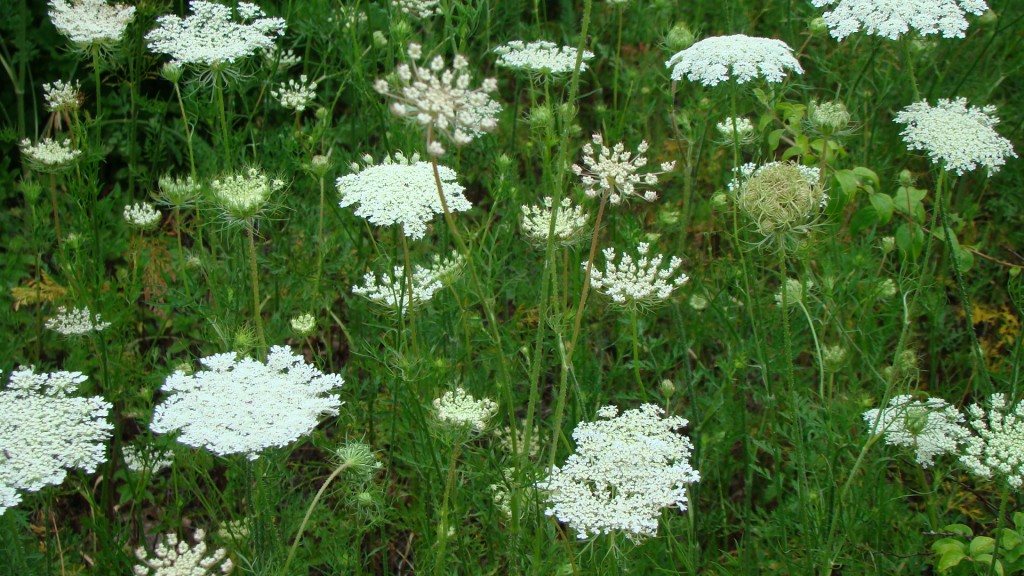What makes TwoHoneys honey different from almost any (even any local) honey you can find? The answer, dear Reader, is single-hive honey. Let me explain.
- When you purchase your honey from the grocery store, you’re probably buying honey shipped in from other countries. That honey is combined with all the other honeys and heated and filtered beyond description in huge vats. Then it’s filtered again and bottled and shipped again and again and again and yada yada you eventually you eat it. And it all tastes the same. And all the good stuff is long gone. The end.
- When you purchase your honey from a local beekeeper (and this is indeed a wonderful first step!), you’re purchasing honey gathered from trees and flowers in your own neighborhood. This is healthy and excellent. However, it’s probably NOT single-hive honey. The beekeeper from whom you buy your local honey probably combines all of the frames from many of the hives and runs them all together through a machine we call an “extractor.” This extractor acts as a centrifuge and slings all the honey from all those frames into a common tub. Then, your local beekeeper bottles all that combined honey in jars. You buy it and eat it. But all the honey from all the frames is all combined, so it loses much of its distinct flavor.
- When you purchase TwoHoneys honey (you can get some at Coffee Please in Madeira!), you experience the glory of single-hive (and, frankly, it’s really single-frame) honey. In other words, I cut the honey-containing comb from its frame or bar, and I squeeze that honeycomb with a machine called my hand so that the honey from a single frame runs directly through a sieve and into a small bowl. I then immediately pour that honey into a jar. It’s that simple, pure honey that you eat and marvel about.
This is what makes single-frame honey unique: The honey in each frame tastes like whatever was blooming when the bees stored it. For instance, if goldenrod and asters were blooming when the bees stored nectar in that particular frame, then the honey harvested with that frame will taste like goldenrod or aster. Each frame tastes unique to whatever was blooming. The TwoHoneys honey you purchase tastes unique to whatever was blooming where that hive lives that season that year. It’s always a wonderful experience because YOU CAN TASTE THE DIFFERENCE.
We can’t always identify the flower we taste in the honey, but we can certainly taste the uniqueness.
And, like wine, the honey from that hive this year will taste different from the honey from that hive next year. Because the weather differs and different flowers bloom in different strengths. This year, clover bloomed for a long long time. And Queen Anne’s Lace was prolific in the wild countrysides. And right now, the goldenrod is yellowing the universe. So, the early honey we bottled tastes like clover. The mid-season honey like Queen Anne’s Lace, and the dark fall honey like deep-yellow goldenrod. And, Reader, these flowers taste different. And you can experience it.



